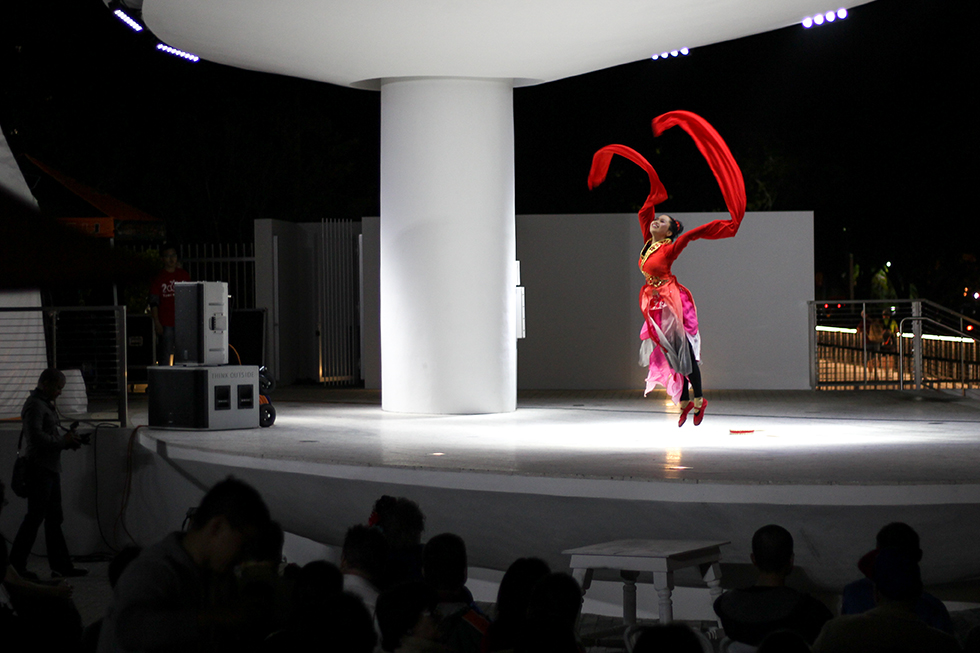It is Zhang Ziyang’s favorite holiday. As a child, he would always look forward to celebrating the traditions and gifts the day brought. During this day, Zhang would dress in red attire and head to his relatives’ homes, where more than 30 members of his family would bless him to have good health and fortune; they would hand him a red envelope filled with money, a symbolic gesture of bestowing happiness and blessings.
These are traditions Zhang celebrates during the Lunar New Year, an event widely celebrated in East Asia and considered by Zhang to be China’s “biggest event.” The New Year takes place during the start of the lunisolar Chinese calendar, between Jan. 21 and Feb. 20., when the new moon rises. This year it started on Jan. 28 and lasts for 15 days.
Homes would be filled with red paper decorations: lanterns, scrolls of paper with Chinese proverbs in calligraphy and firecrackers waiting to be popped to usher in the New Year.
Unfortunately for Zhang, a senior at the University of Miami, he has been unable to celebrate the Lunar New Year for four years in a row because of how far away he is from home.
“It takes more than 14 hours to fly to China, where I celebrate the New Year,” he said. “Since it is not a holiday in school, I would have to miss a week’s worth of classes. That is difficult to recover from.”
Although 8,000 miles separate Zhang from his home and customs, UM student organizations have offered him an alternative way of commemorating the holiday.
For the sixth year in a row, several of UM’s Asian student organizations will host a Lunar New Year celebration on campus. This event, hosted by the American Asian Students Association (AASA), the Chinese Students and Scholars Association (CSSA) and Hong Kong Student Association (HKSA), will wash the Lakeside Patio in a sea of red and gold on Monday night for the festivity.
Filipino Student Association (FSA) President Chelsea-Jane Arcalas said being part of the annual campus event gives the organization a chance to represent how their native country celebrates the event, given the large Chinese population in the Philippines.
“We get to share our tradition and culture with our peers,” she said. “I love anything that connects me back to my roots. We should never forget where we came from.”
AASA President John Le, one of the main organizers of the event, has worked tirelessly every night since October to ensure the event’s sixth year would live up to students’ expectations. For the past four years, the Lunar New Year has won the Student Organization Award Recognition (SOAR) from the university.
“This is my second year to plan this and I always want to make it bigger and better than the previous year,” Le said.
Attendees will get to learn how to use bold strokes of calligraphy, create Japanese origami, try diverse teas from various regions and take photographs wearing traditional Korean and Chinese garments. A big hit with the event is the traditional free food, with people waiting in line for more than an hour just to get a serving of dumplings, various meats and fried rice.
IF YOU GO:
6 to 10 p.m. Monday, Jan. 30
Lakeside Patio






